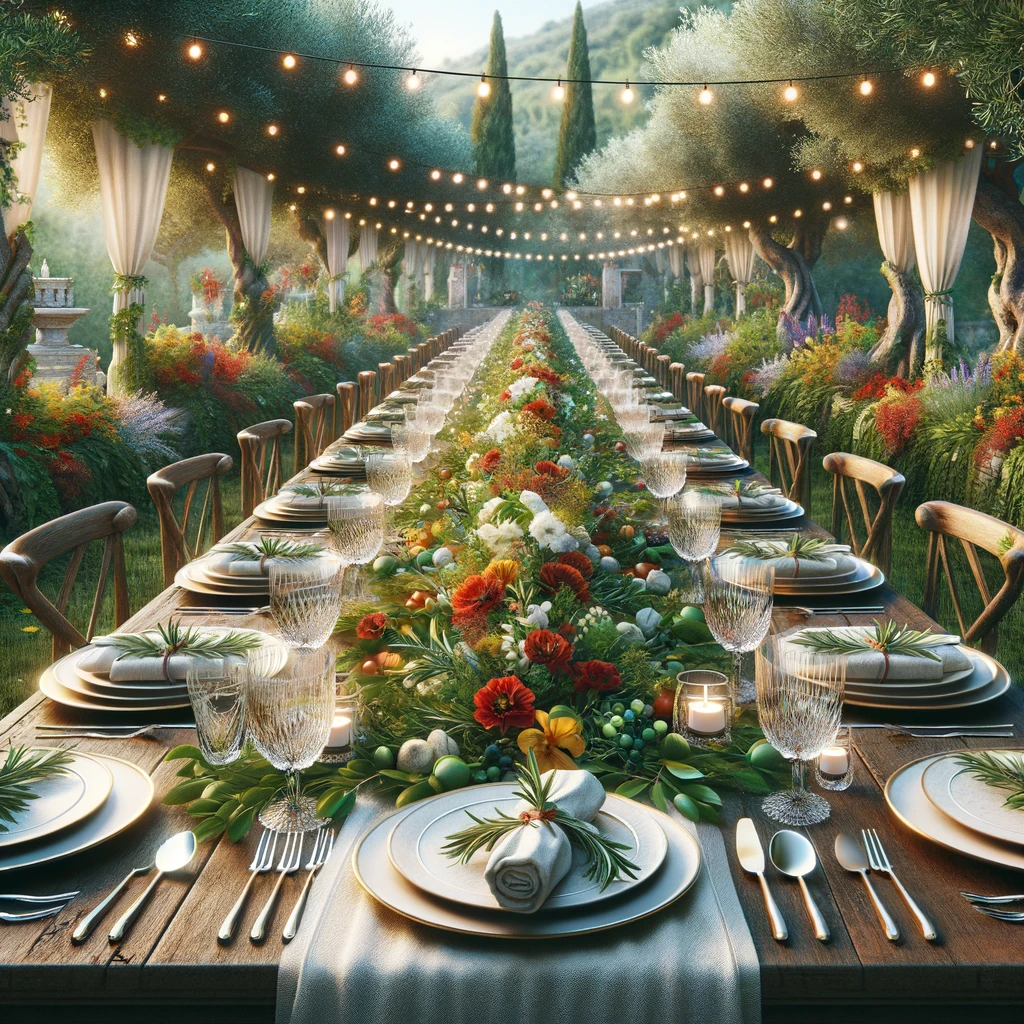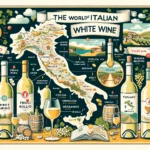
Creating an Authentic Italian Table Setting: History, Tips, and Regional Traditions
- Marcella Capon
- 0 Comment
- Italian Culture, Italian Dining Etiquette
- 3 minutes read
Italian cuisine brings families and friends together over meals bursting with rich flavors, fresh ingredients, and generations of tradition. Crafting an inviting Italian tablescape enhances these precious dining experiences. This article explores the history, provides tips, and highlights regional varieties of authentic Italian table settings. Discover how to impress guests with Tuscan-inspired rustic charm or Sicilian elegance without overextending your budget.
The Significance of the Italian Table
In Italian culture, the dinner table facilitates meaningful conversation and connection. Rather than mere sustenance, meals become opportunities to strengthen familial and social bonds. Consequently, Italians dedicate great care towards table presentation as expressions of hospitality.
Historically, village life in Italy centered around the day’s communal meal. Traditional Italian table settings reflected local customs and available materials, leading to diverse regional aesthetic traditions. Whether enjoying a casual family dinner or formal gathering, hosts adorned their tavola (table) with their finest dinnerware to honor their guests.
Modern Italian Table Setting Etiquette and Tips
While Italian table manners vary by region, most share common etiquette guidelines:
Formal Place Settings: Forks, spoons, and knives appear on the left of the plate, while glassware lines up on the right. Additional specialty cutlery gets added with each course.
Simplicity Rules: Elegant, unfussy place settings prevent competing with the food’s visual appeal. Stick to three pieces of flatware and understated décor.
Finer Things: High-quality dinnerware and linens deserve the spotlight. Opt for authentic ceramics and handcrafted accent pieces.
Regional Distinctions Across Italy
Italian design takes cues from local terrain. Tuscan farm tables inspire rustic chic. The lavish lace of the Veneto graces refined place settings. Sicilian tables dazzle with ornate tilework and decadent dessert spreads. When designing tablescapes, incorporate elements reminiscent of distinct regional aesthetics.
Tuscan Table Settings Sun-soaked Tuscany burgeons with olives, grapes, and rustic abundance. Tuscan tables exude casual elegance perfect for hassle-free dinner parties. Ironstone dinnerware bearing grape motifs, hand-thrown pottery, and wildflower centerpieces encapsulate Tuscan hospitality. For easy ideas, try a seasonal fruit bowl, olive oil decanter, and wine bottle candle holders.
Venetian Table Settings Drawing inspiration from Byzantine opulence, Venetian tables make lavish first impressions. Intricate lace table runners, velvet napkins, and ornate glassware elevate already sublime cuisine. For romantic at-home date nights, cluster jewel-toned candlesticks and ruffled parasols with pasta dishes and tiramisu.
Sicilian Table Settings Sicilian tables dazzle guests with vibrant tilework, bounties of seafood, citrus centerpieces, and copious pastries. Hand-painted pottery, braided breads, and dessert graze tables provide effortless and appetizing decoration. For parties, craft an Italian tablescape with ceramic lemon place card holders, orange garlands, or shell-adorned vases.
By taking inspiration from Italy’s diverse regional table dressing customs, hosts can craft unique tablescapes that delight guests. Whether opting for casual family-style or flashy formal flair, la tavola provides the platform for meaningful connections.
Marcella Capon
Marcella Capon, a passionate Italian food blogger, brings the flavors of Italy to life through her blog. With a rich culinary heritage and a knack for creative recipes, she transports her readers to the heart of Italian cuisine. Marcella's delectable dishes and engaging storytelling have made her a trusted source for authentic Italian recipes and culinary inspiration worldwide. Follow her for a taste of Italy's culinary magic.

